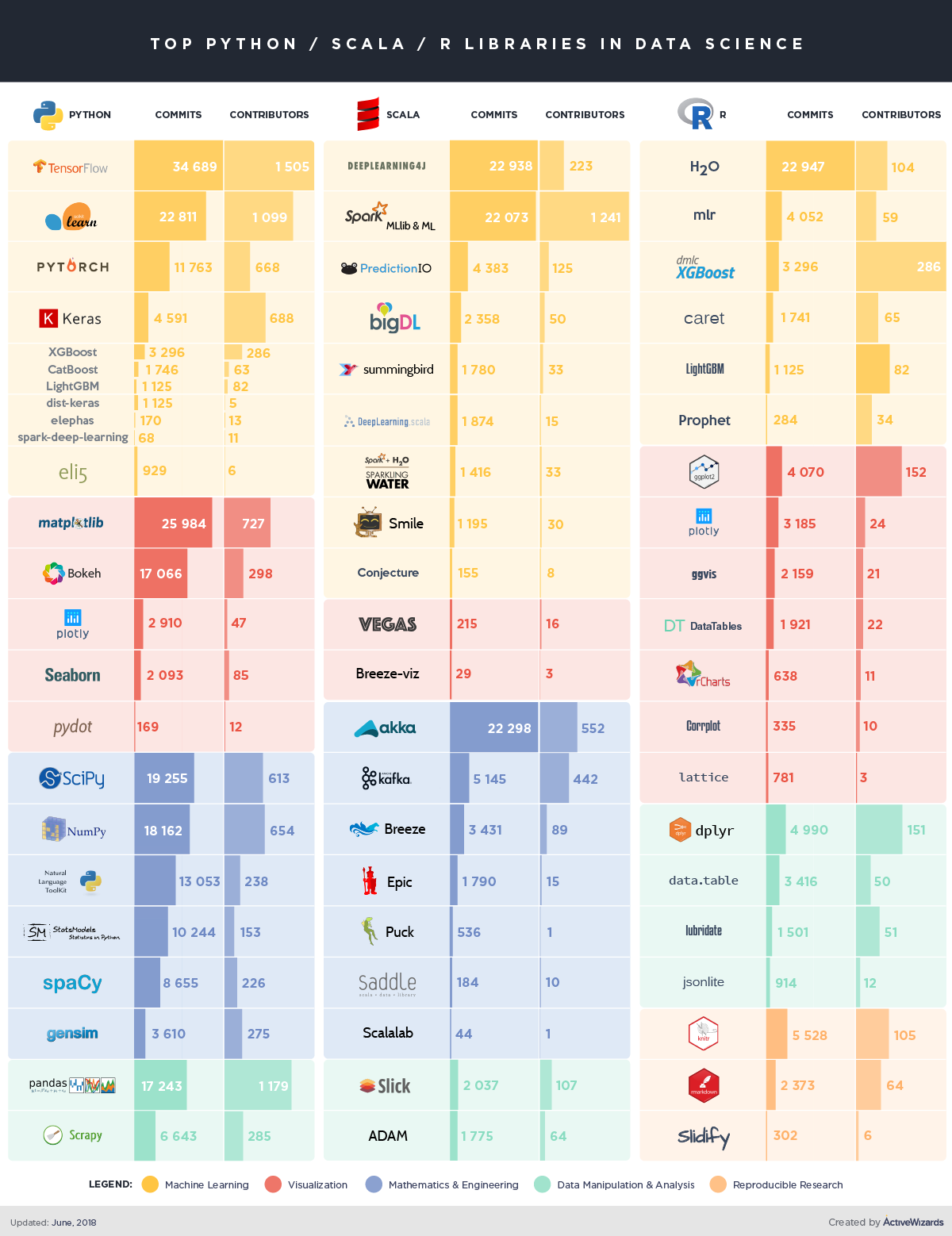

User.rating <- unlist(lapply(json.data, function(x) x$stars)) Json.data <- lapply(raw.json, function(x) fromJSON(x)) In this short article, we will see quick and easiest way to perform below two operation on Json object in python: Comparing two json object, return ‘True’ if both json are same otherwise ‘False’ If two json are not equal then find the exact difference. # format json text to human-readable text Json.file <- sprintf("%s/data/yelp_academic_dataset_review.json", getwd()) I tried to ensure that the workload in both scripts was as similar as possible, so that I can establish which language is most quickest. More specifically, I will conduct an extremely simple analysis of the famous YELP Houston-based user ratings file (~216Mb), which will consist of reading the data and plotting a histogram of the ratings given by users. If we want to read that file, we first need to use Pythons built in open() function with the mode of read. In this example, we have a JSON file called fcc.json which holds the same data from earlier concerning the courses offered by freeCodeCamp.
#Json compare in python how to
Convert Python types ( str, int, float, bool, list, etc). How to parse and read a JSON file in Python. 1)value for key Name starts with lowercase + value match - Yes 2)value for key Name starts uppercase but value matches - No 3)for other keys When value does not match its - No 4)for other. In this post, I will compare the performance of R and Python when reading data in JSON format. Conversion of output data: converting from Python data and types to network data (as JSON). When both json matches then I am not getting any output, but even if matches, i need to print values and say Yes in Difference (Yes or No) column in report.

Below is a typical example of data in JSON format.

JSON is an open standard format in human-readable form that is used to transmit data between servers and web applications. Only consider the file directory level structure.A file format that I am seeing more and more often is the JSON ( Java Script Object Notation) format.In py.0.0.txt, there is only one file with different contents.īefore running this program, you need to create a new test in the program directory_ data.json File, then run the program, open the JSON file, you can view the following contents: The contents of test1 and test2 are shown in the following figure: With open('test_data.json', 'w') as json_file: # The number of files in the two paths is different
#Json compare in python code
3, Code import hashlibĬompare whether the hash values are the same Because the number of files in two directories may be different, it is necessary to consider that if the number of files in one directory is greater than that in another directory, they must be different and need to be saved separately in the dictionary.įinally, output the contents of the dictionary to the Json file. Then open the file separately, compare whether the file is the same by calculating the file hash value, and save the result in the dictionary first. 2, Ideasįirst get the two directories, and then traverse all the files in the directory, add the file name to the file list, string splicing into a new file path, and add the path list.

Therefore, it is necessary to compare and output the results to the Json file. Files with the same name may have different contents. Under the two folders, there may be files with the same name or files with different names.


 0 kommentar(er)
0 kommentar(er)
